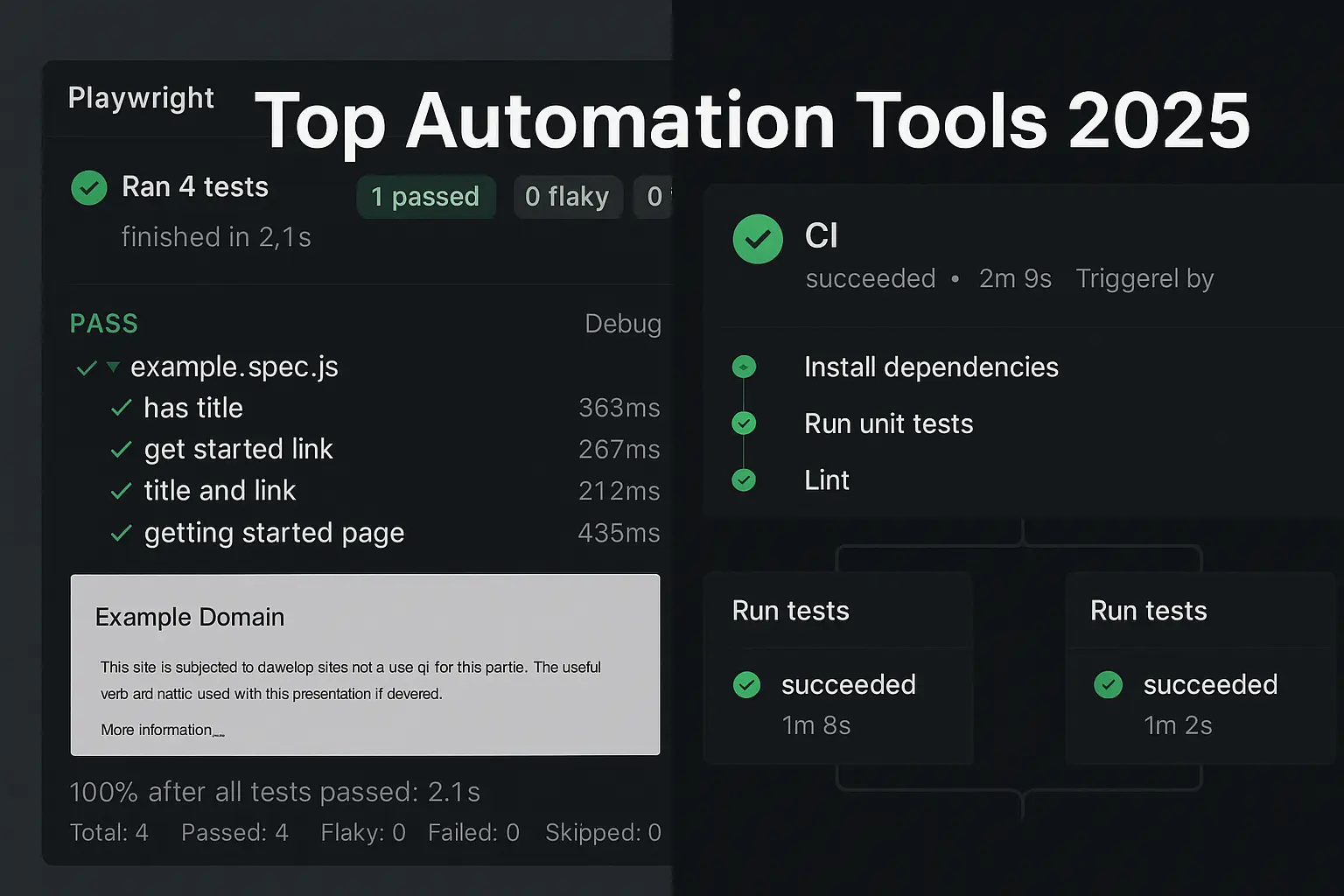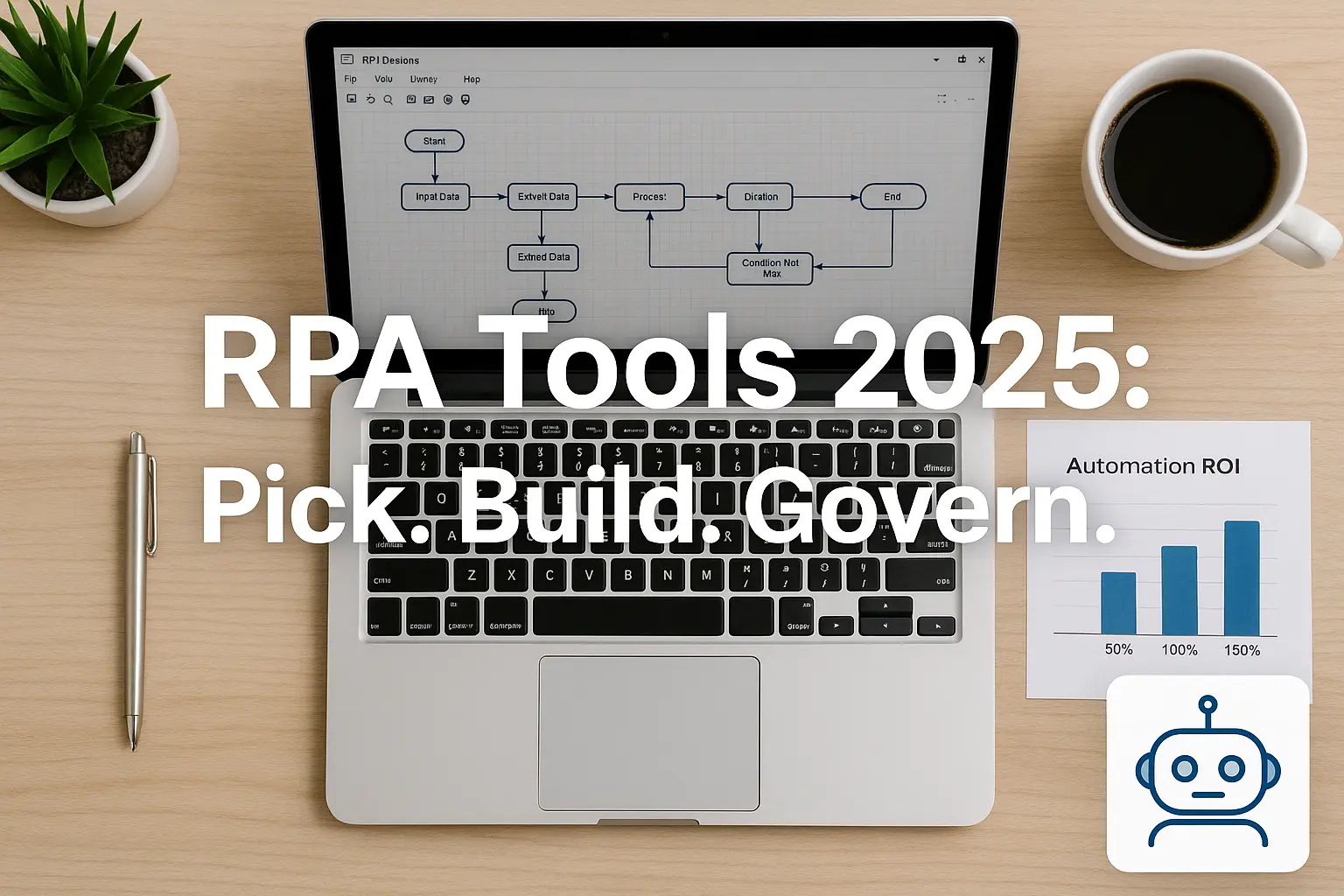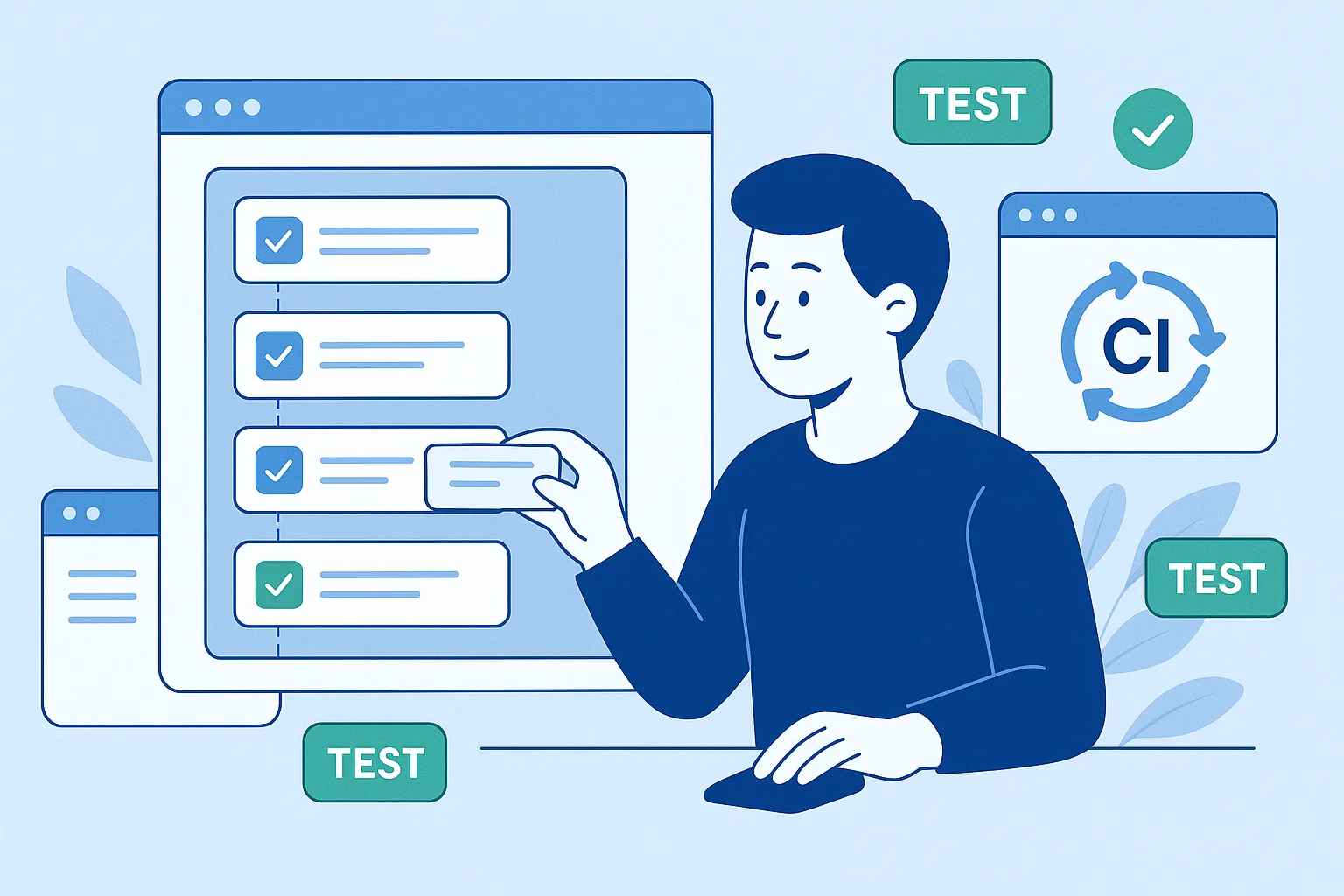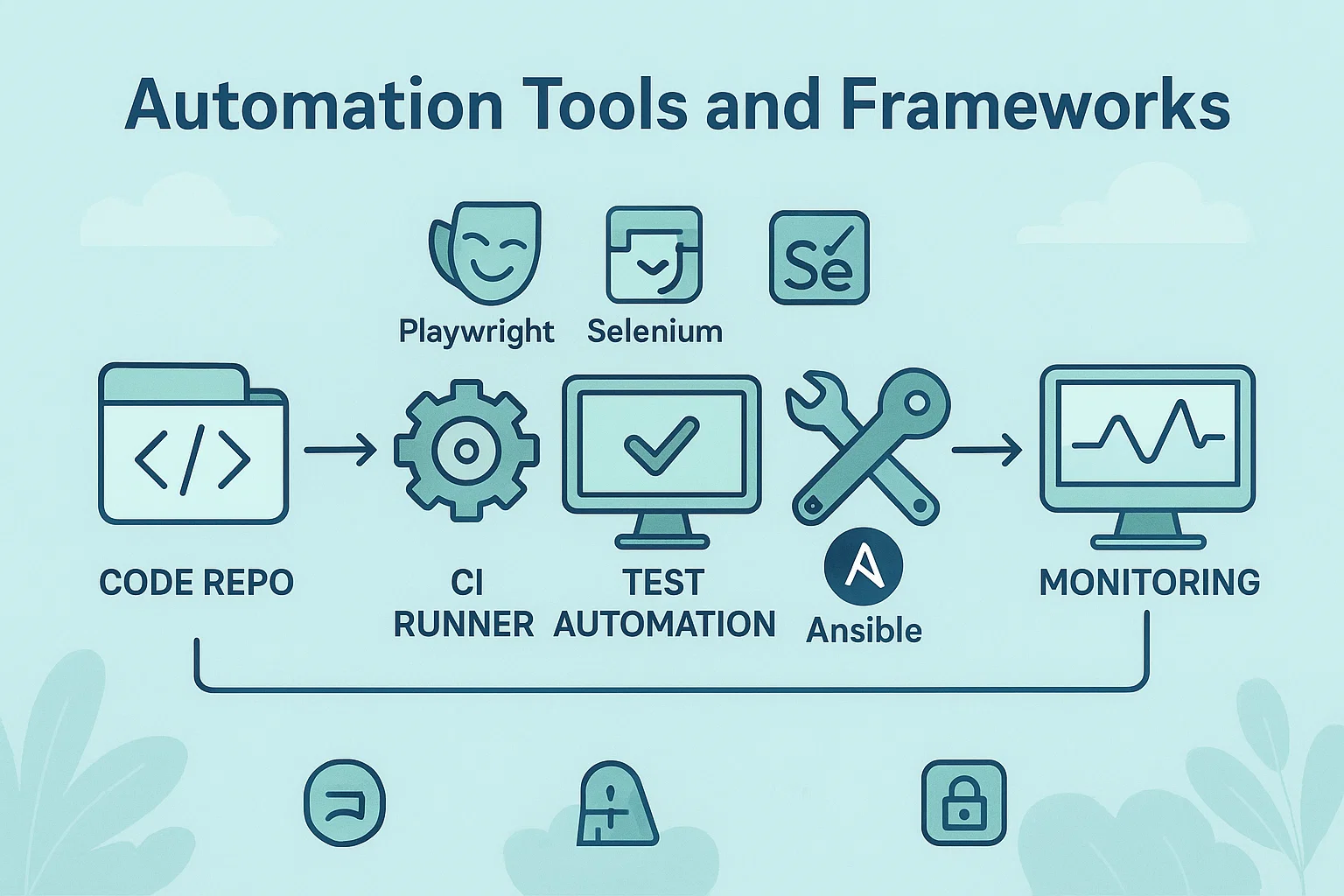If you’re wondering which automation testing tool is in demand in 2025, you’re not alone. The last few years have been a whirlwind: browser engines changed, JavaScript frameworks multiplied, DevOps matured, and — biggest of all — AI started nudging how teams generate, fix, and maintain tests. So which tools are actually hiring managers, teams, and tooling budgets voting for this year?
Short answer up front: Playwright has surged as a top choice for modern E2E testing, while Selenium still appears across a lot of legacy stacks, and Cypress remains popular for many frontend teams. At the same time, platform-style, AI-assisted tools (and low-code/no-code players) are growing fast. Katalon+3Test Guild+3G2 Learn Hub+3
“Demand isn’t a single tool — it’s a mix: modern E2E frameworks + test infra + AI-assisted helpers.”
— a practical summar y of what hiring managers actually want
Below I’ll break down the “who’s hot and why” for 2025, how to choose based on your stack and team, and what to learn if you want to stay marketable.
Why 2025 feels different for automation testing
Automation used to mean “write Selenium scripts and run them in CI.” Now the picture is broader:
Faster, multi-browser needs
Web apps are more dynamic and expectations for fast, cross-browser tests are higher. Newer frameworks (Playwright especially) are built from the ground up for multi-browser support and parallelization. This architectural fit has driven rapid adoption. Test Guild
DevOps + CI/CD integration is table stakes
If a tool doesn’t play nicely with CI/CD pipelines, it’s dead on arrival. Teams prioritize tools that integrate with cloud runners, containerized test agents, and pipelines out of the box. Test orchestration is as important as test creation. Testlio
AI + codeless features accelerating adoption
AI-driven test generation, flaky-test detection, and self-healing locators are moving from labs into real tooling. Platforms that bake in AI or offer low-code options let non-engineers contribute to automation — and companies like to scale that capability. News from 2025 conferences and vendor updates shows the trend accelerating. TV Tech+1
The top contenders in 2025 (what teams actually choose)
Playwright — modern, fast, and multi-browser
Playwright’s design gives it a big advantage: first-class support for Chromium, WebKit, and Firefox, consistent APIs, and good parallelism. In 2025 many organizations picked Playwright for greenfield E2E suites and progressive migration from older stacks. If you want future-facing E2E testing skills, Playwright is high on the list. Test Guild
Selenium — the legacy giant still everywhere
Selenium remains deeply embedded in enterprise apps and test labs. Lots of CI flows, historical test suites, and third-party integrations still rely on Selenium. That makes Selenium knowledge useful for maintenance, migrations, and legacy support roles — even if it’s not the first pick for new projects. G2 Learn Hub
Cypress — favored by frontend teams
Cypress keeps winning in teams that care about developer ergonomics and rapid debugging. Its in-browser debugging model and tight docs make it a favorite for React/SPA teams. While Playwright has closed much of the feature gap, Cypress’ DX still attracts many teams. Cypress
Platform & AI-first tools (ACCELQ, Katalon, test platforms)
Low-code/no-code and AI-augmented platforms (some cloud offerings, ACCELQ-style, Katalon reports, etc.) are increasingly chosen where non-testers need to contribute to automation, or where enterprises want managed test generation and maintenance. These platforms market faster ramp times and AI reliability features. Katalon+1
Mobile automation: Appium vs. modern alternatives
Appium is still used for legacy mobile test automation, but teams are experimenting with cloud device farms, platform-specific SDKs, and tools that tie into modern CI flows. If you plan to focus on mobile, check the specific ecosystem (Android/iOS) and whether a cloud device farm or a managed platform is required. ACCELQ
“Learning Playwright today is like learning Selenium five years ago — it opens doors in modern stacks quite quickly.”
— recruiting note from multiple job posts and industry buzz
Which tool should you learn? A pragmatic map
If you’re new to automation
Start with the fundamentals (HTML, CSS selectors, basic JavaScript), then:
- Learn Playwright for modern E2E testing (cross-browser skills + fixture patterns).
- Pick up Cypress for fast frontend debugging experience.
- Understand Selenium basics so you can read older suites and migrate tests.
If you’re a QA moving into automation
- Focus on a modern framework (Playwright or Cypress), plus CI/CD and Docker.
- Learn how to integrate tests with reporting, test management (TestRail/Xray), and orchestration tools.
- Explore AI-assisted testing tools for productivity boosts (test generation, flaky detection).
If your environment is enterprise/legacy
- Invest in Selenium familiarity and how to refactor Selenium suites.
- Learn migration strategies: breaking large suites into stable units and introducing Playwright/Cypress gradually.
- Consider platform tools (Katalon / enterprise automation platforms) for governance and scale. G2 Learn Hub+1
Hiring signal: what companies ask for in 2025
Employers increasingly list a mix:
- hands-on Playwright or Cypress experience,
- knowledge of CI/CD (GitHub Actions, Jenkins, GitLab CI),
- test infra skills (Docker, Kubernetes for test runners),
- familiarity with test management and reporting tools,
- and bonus points for AI-tool experience (self-healing, autogenerated assertions).
So — play both offense and defense: learn a modern framework (offense) and keep legacy skills (defense).
Real-world trade-offs — why companies pick one over the other
Playwright
Pros: cross-browser parity, speed, stable APIs, strong community growth.
Cons: newer than Selenium (some enterprise inertia), different debug model that takes a beat to learn. Test Guild
Selenium
Pros: extremely mature, huge ecosystem, tons of legacy tests and integrations.
Cons: API inconsistencies across browsers, often slower to evolve. G2 Learn Hub
Cypress
Pros: excellent DX, time-travel debugging, widely used in frontend teams.
Cons: historically limited multi-browser support (improving), sometimes trickier for non-SPA cases. Cypress
AI / platform tools
Pros: faster onboarding, less code for common patterns, features like flaky-test classification.
Cons: vendor lock-in risk, sometimes opaque behavior — still maturing. TV Tech+1
How to stay marketable in 2025 (practical checklist)
- Learn Playwright (focus: cross-browser flows, parallel runs, tracing).
- Know Cypress or at least its debugging model.
- Understand Selenium basics and migration patterns.
- Get comfortable with CI/CD integrations (GitHub Actions, Jenkins).
- Learn to run tests in containers and cloud device farms.
- Explore one AI-augmented tool or platform to understand test generation and maintenance. TV Tech+1
“Marketability = modern E2E skill + CI fluency + a little AI curiosity.”
— condensed career advice you can actually act on
Quick migration plan: moving from Selenium to Playwright (starter steps)
- Inventory test suites and flaky hotspots.
- Start with smoke tests: port a handful to Playwright and compare stability.
- Run both frameworks in parallel in CI for a few sprints.
- Replace flaky legacy tests with smaller, focused tests or move them to integration labs.
- Gradually retire Selenium when parity and reliability benchmarks are met.
This incremental approach reduces risk and keeps the shipping velocity steady.
Final thoughts — demand is a mix, not a single winner
In 2025, Playwright has momentum for modern E2E needs, Selenium remains ubiquitous in legacy contexts, and Cypress keeps a devoted following among frontend teams. Meanwhile, AI-augmented platforms and low-code tools are rapidly lowering the friction for teams to adopt automation. Your best bet: pick a modern tool like Playwright, understand CI/CD and infra, and keep a practical knowledge of legacy tools so you can work across any stack. TV Tech+3Test Guild+3G2 Learn Hub+3



